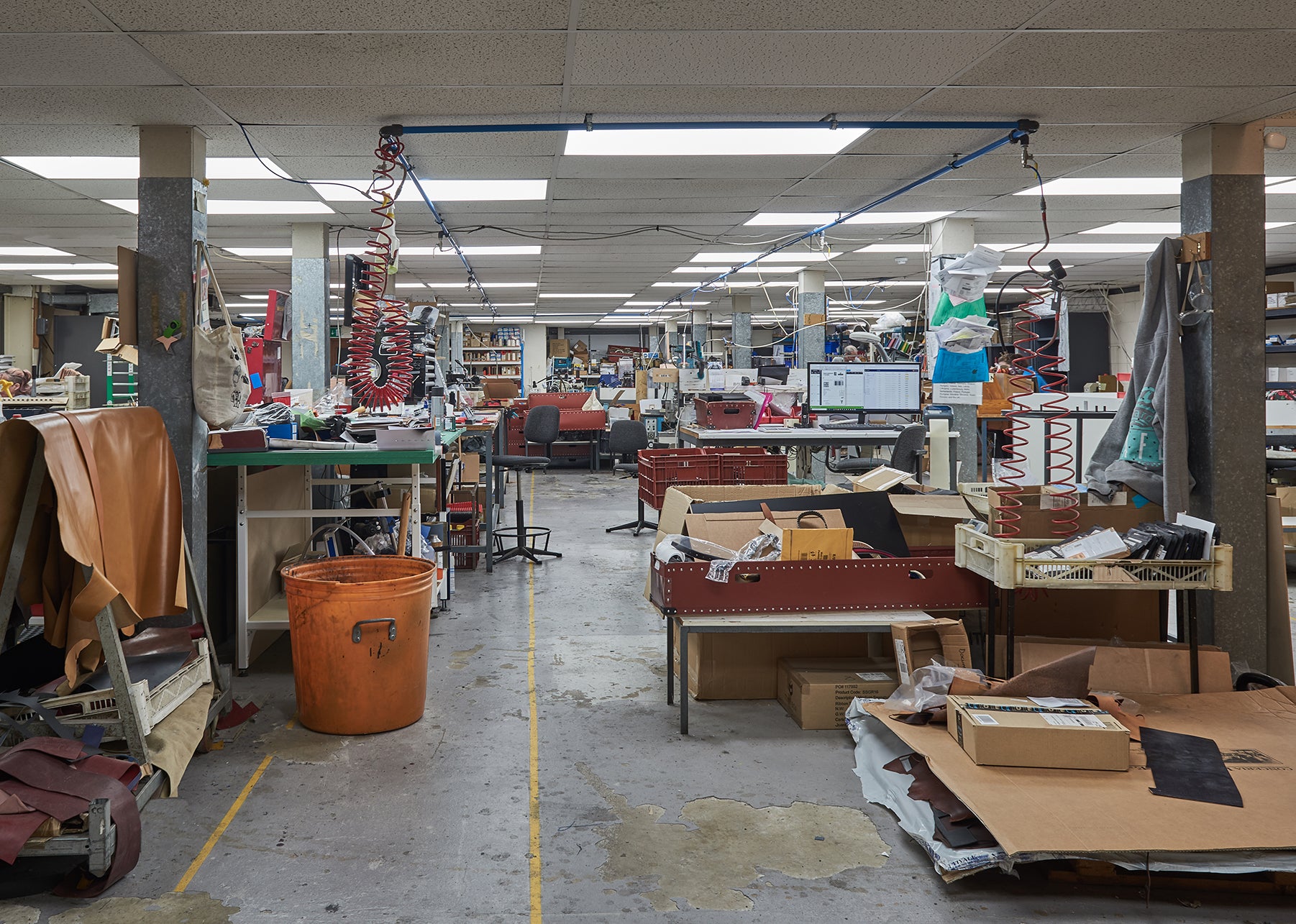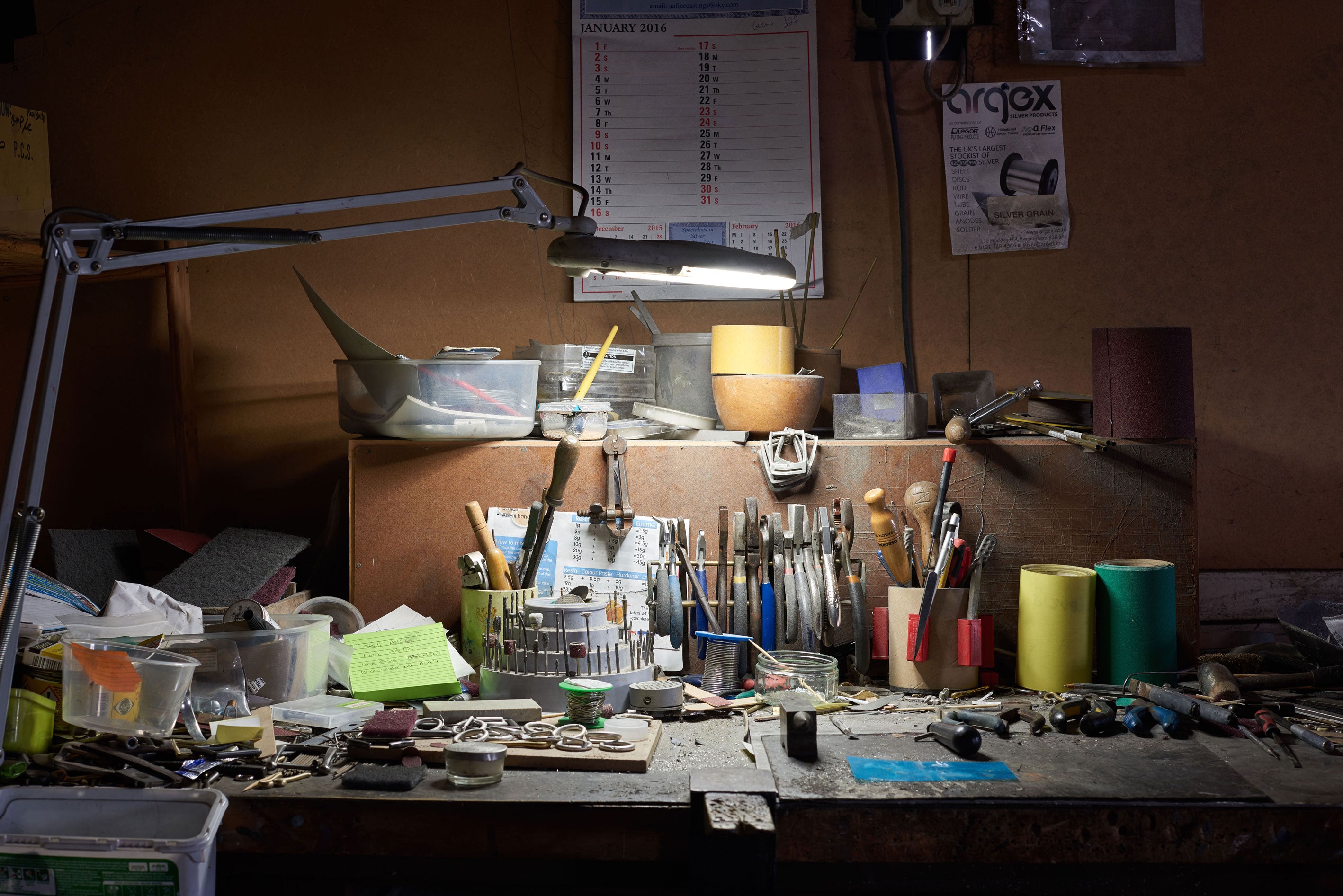Investing in good quality garments and leathergoods is something we all understand is important - we invest wisely once, or badly again and again. But however good the product is, we still need to treat it well. After all, a Ferrari is a beautifully made car, but we wouldn't expect one to last a lifetime if were to take it off-roading! It's the same with the contents of our wardrobes - garments need to be used in the right way and cared for properly, if we're to enjoy them for years to come.
Here, we present our guide to caring for cherished garments, leathergoods and footwear...
1) Belts and Leathergoods
Leathergoods are made from a range of different sorts of leather - they may be described variously as 'bridle', 'saddle', 'oiled', 'waxed', 'calf', 'kid' and even 'patent' leathers. Or, they may be made from skins such as crocodile. Each of these leathers had a different use historically, depending on how durable, or how comfortable and soft they were required to be. It is important to know the sort of leather you have, in order to understand how to care for it.
Leather - just like our skin - can become dry and weakened over time. Periodically rejuvenating the leather's natural oils can help prolong the life of your leathergoods and improve their lustre.
As a general rule, if your leather is smooth and dry to the touch (ie not greasy or waxy), then a light, natural, non-coloured leather cream is best. Use the treatment sparingly and - if using for the first time - cautiously. Using a soft cloth over index and middle finger add treatment to finger-ends and use a light, quick motion to distribute across the surface of the leather. Take care to include any stitches and joins. Leaving the treatment for some minutes often helps it penetrate the leather. Polish off again using a similar light, fast action.
Metal components such as buckles and fastenings are best polished with a clean soft cloth. A little lemon juice can help remove grime and restore shine.
Seek out specialist treatments for oiled, waxed, suede, patent and other sorts of leather. See our detailed care guide for Awling belts here.

2) Wool and Cashmere
Wool and other animal fibres are remarkably resistant to bacteria, fungal spores and dirt and should be washed only when necessary. A gentle airing between uses will keep them fresh - this even goes for thermal garments and socks!
Knitted garments will last longer in their best condition if gently handwashed in luke warm water with a little liquid pure soap and lanolin, or almond oil (to replace the natural oils). But, the better quality washing machines often have dedicated wool programmes that adequately replicate this gentle process.
Knitted and woven fibres generally suffer with too much agitation (ie fast spinning) and extreme changes of temperature - these lead the fibres to lock tightly together and felting and shrinking to occur. Harsh detergents strip away the vital natural oils from the fibres which then weakens them. Good quality wool wash soaps will gently remove dirt but replace these oils. Gall soaps are useful to have on hand for removing stubborn stains.
After washing, remove excess water by gently squeezing, then rolling in a towel, before reshaping and leaving to dry flat. Store your knitwear folded in a drawer rather than hung, to maintain the shape. For cherished items, store in a sealed bag to prevent moth attack, or otherwise employ some sort of deterrent.

4) Calf leather boots and shoes
Calf leather is used by the best makers to produce footwear with a smooth, unblemished outer surface.
To care for your calf leather footwear, we recommend brushing them down after each wear with a relatively stiff bristle brush. This will remove accumulated dust, dirt and scuffs which can dry and weaken the leather.
Inserting well-fitting wooden shoe trees will help to remove moisture from the leather and restore the shape of your footwear.
Use a good quality beeswax polish to create a shine and protect your footwear from dirt and the elements. The purpose of wax polish is to create a shell on the outside surface of the leather. It is in the building of multiple thin polished layers over time that a lustrous shine is formed. A horsehair brush can be used to buff the polish to a high shine.
From time to time use a moisturising leather cream to rejuvenate the natural oils in the leather - particularly if your shoes get wet or very dusty. This prevents cracking and drying and keeps the leather supple and strong over time.




Leave a comment
This site is protected by hCaptcha and the hCaptcha Privacy Policy and Terms of Service apply.